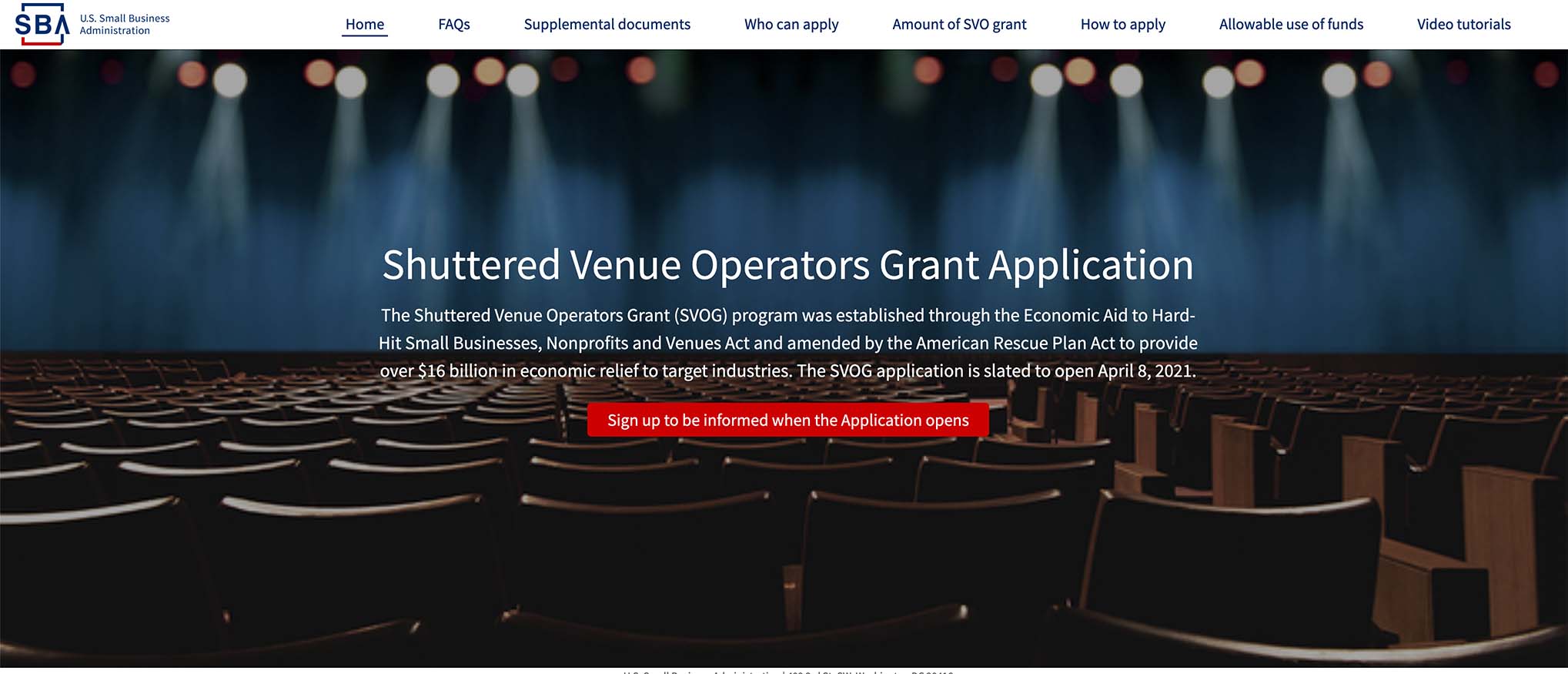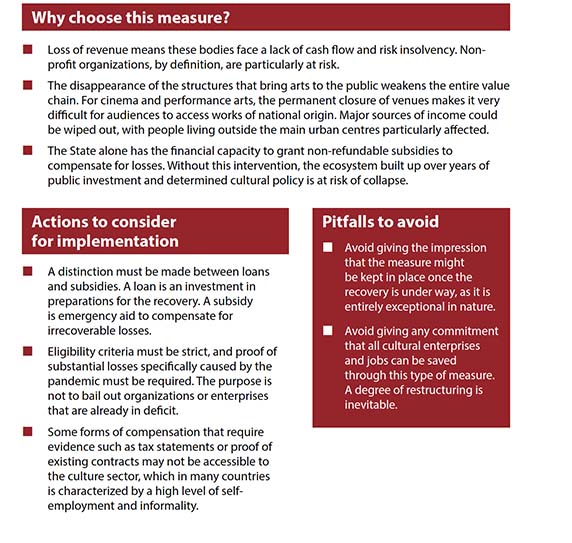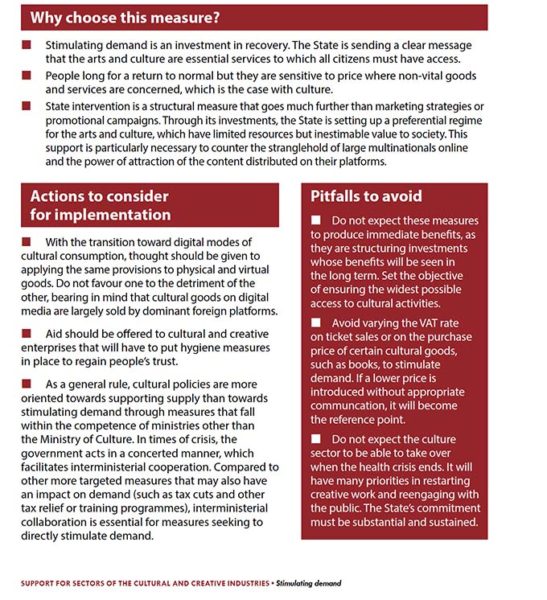There was an opinion piece by Damien Davis on Hyperallergic last month addressing the problems with the art world which are missed or glossed over by the news that Christie’s auction house sold $2.2 billion in art in November.
Davis says that the fact this is an increase over their annual auction last year is taken as a sign that the art market is healthy. However, it obscures the fact that artists are struggling more than ever with rising material and space expenses along with lack of health care because they don’t materially benefit when their works resell.
I have spent over a decade now talking about how economic activity is not a valid metric of the value of art and culture. Davis’ observation that it isn’t a valid measure of the health of arts and culture in society is a corollary to that.
The title of this post is a reference to the McDonalds signs that claimed billions were sold. Those signs were phased out years ago and I wonder if that might have been out of a recognition that the claim wasn’t providing compelling evidence of their success.
The purchase prices are often a reflection of costly signaling to peers by those who can afford the cost.
The opinion piece is fairly long and covers a lot of the unequal relationships artists and even galleries end up having with collectors. Davis lists some warning signs for artists that a collector may be pursuing acquisition of their work as a commodity to quickly flip rather than having a sincere interest in their work.
There was one section that seemed to echo some of the conversations currently occurring regarding the relationship between arts organizations and audiences and in some cases, donors. Many arts and cultural organizations employ a version of the “if you build it, they will come,” philosophy where they expect if they advertise an opportunity, people should come rather than positioning the opportunity as a solution to a problem the person has.
Davis says institutions often ask artists for art donations without really establishing a relationship, but expecting gratitude. One frequent complaint from audiences is that immediately after making their first purchase and attending their first event at an organization, a solicitation for a donation pops up in their inbox.
There has been discussion in arts and cultural spaces about allowing people to develop a relationship with your organization (and vice versa) before doing that, but there are still many places that continue to employ this practice.
Institutions ask artists to donate work, sometimes before ever engaging with them in any meaningful way. The ask arrives without context, yet the expectation is gratitude. The labor, time, and material investment behind the work is taken for granted. And collectors often imagine that acquiring a work once is enough to establish a relationship of care, but too many treat acquisition as a strategy rather than a commitment. They join boards, influence institutional priorities, and quietly use the language of stewardship to shape the future value of their holdings. The support is not always malicious, but it is rarely neutral.
This situation isn’t just an isolated experience for visual artists. Performers are often asked to donate their time and talent to causes. It has been awhile since I have heard anyone complain they were asked to do something for the exposure, but I am sure plenty of people are still getting some form of that request.
Davis notes that artists pretty much provide museums (and performing arts venues) with legitimacy and credibility rather than the other way around. If a museum is noted for their collection or their ability to secure interesting work, it is a result of the participation they have received from artists in the past.
Museums often present acquisitions as gestures of generosity toward artists, when in reality it is the artist who lends legitimacy to the museum. The language is always the same. The acquisition is framed as a milestone or an honor, but the truth is simpler. Institutions rely on artists to produce the cultural meaning they then claim to protect. Without artists, museums are storage. With artists, they become authorities.






I've been to a few of the Science on Tap events, though I never gave a talk at one of…